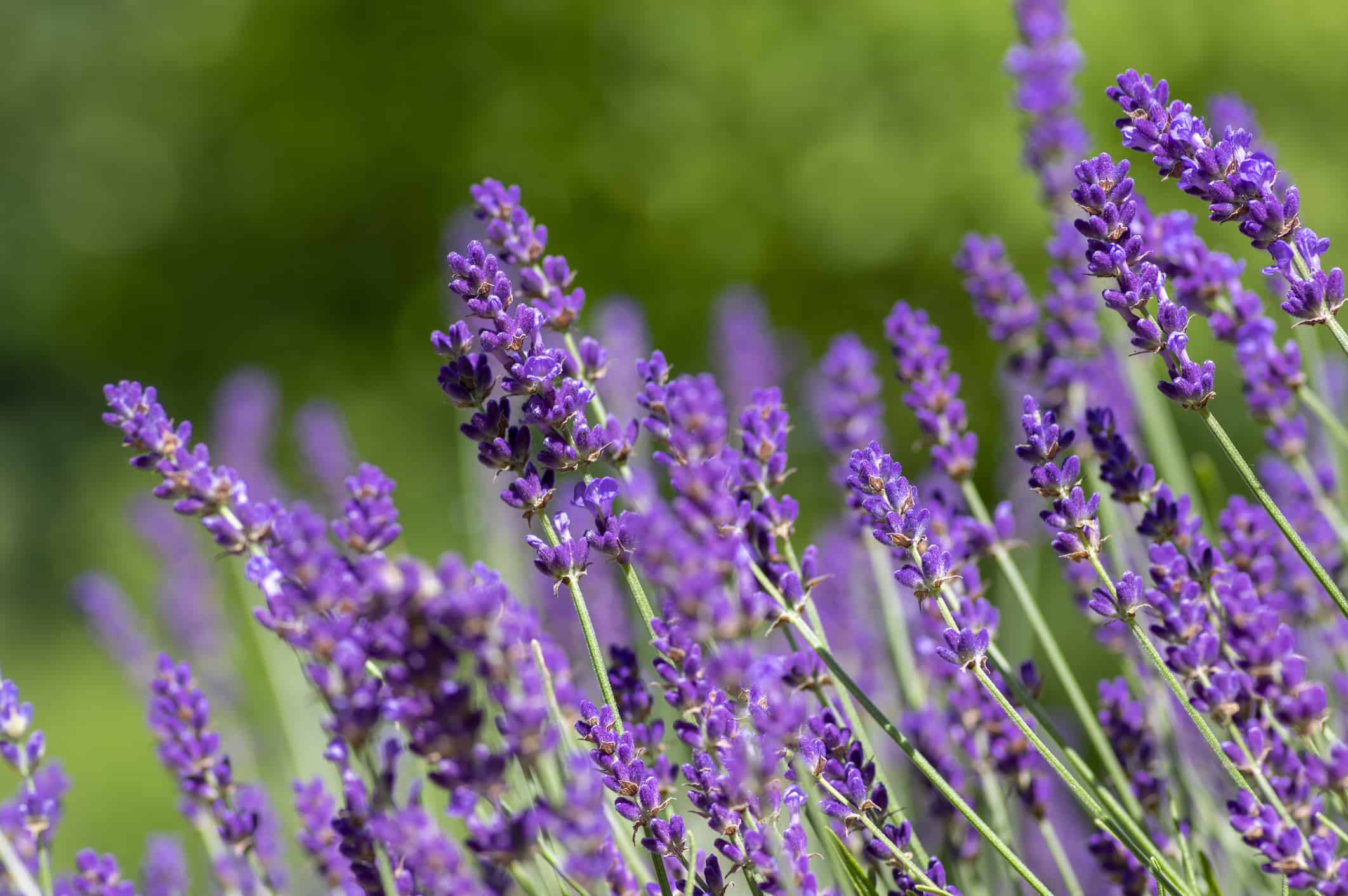Welcome to our guide on the best perennial flowers for Utah! If you’re a gardening enthusiast in the Beehive State, we’ve curated a list of 20 stunning blooms that will grace your garden year after year. Get ready to transform your outdoor space into an enchanting oasis of color and beauty.
People love to use perennials in their yards and gardens for many reasons. Perennials are a great option for those who want a low-maintenance option for their outdoor spaces. Perennials last for many years, often growing and blooming each season, providing a reliable, vibrant splash of color and life to any outdoor area. Additionally, perennials do not need to be replanted each season, saving time and money. Their hardiness also means they are more resistant to disease and pests than annuals. Finally, there is a wide variety of perennials that can be chosen to meet any aesthetic, from wildflowers to shrubs to flowering trees. Perennials are an excellent choice for anyone looking to bring life and beauty to their outdoor spaces. Here are a few of our favorites!
1. Bearded Iris
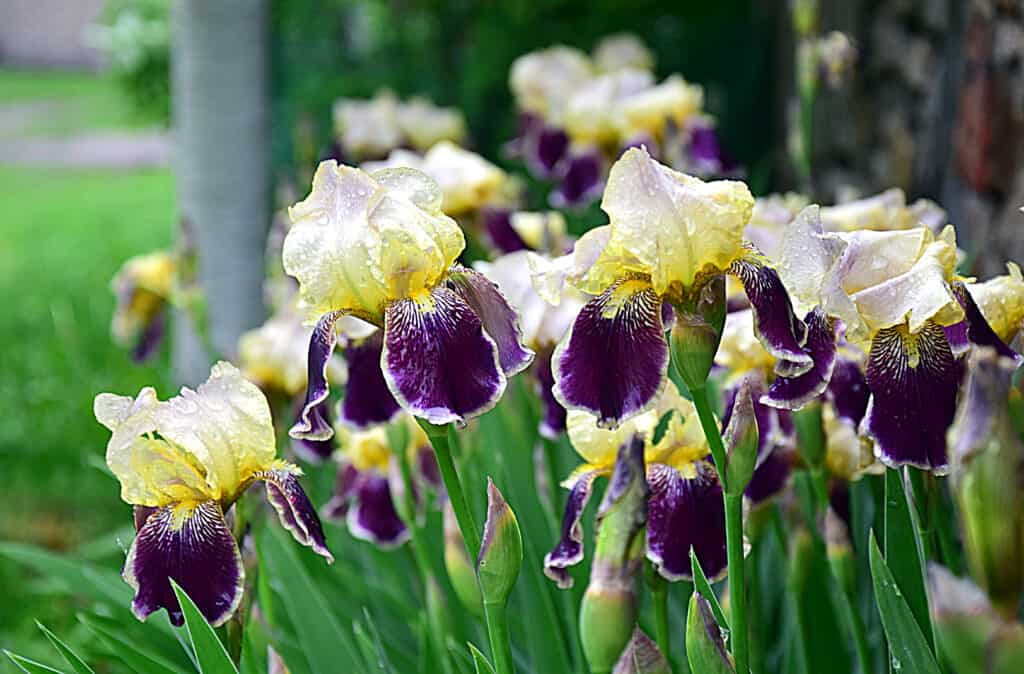
The gorgeous colors of bearded iris look great in Utah gardens.
©Krzysztof Bubel/Shutterstock.com
Bearded irises are an ideal choice for Utah gardeners looking to add a touch of beauty and color to their outdoor space. They are easy to maintain, hardy, and thrive in Utah’s arid climate. With a wide range of colors, sizes, and shapes to choose from, bearded irises provide a stunning array of colors and shapes to any garden. They can also be planted in groups for an even more dramatic effect. Plus, Bearded Irises require minimal care – just a few minutes of maintenance every week, and they will reward you with beautiful blooms from spring to late summer.
2. Siberian Iris
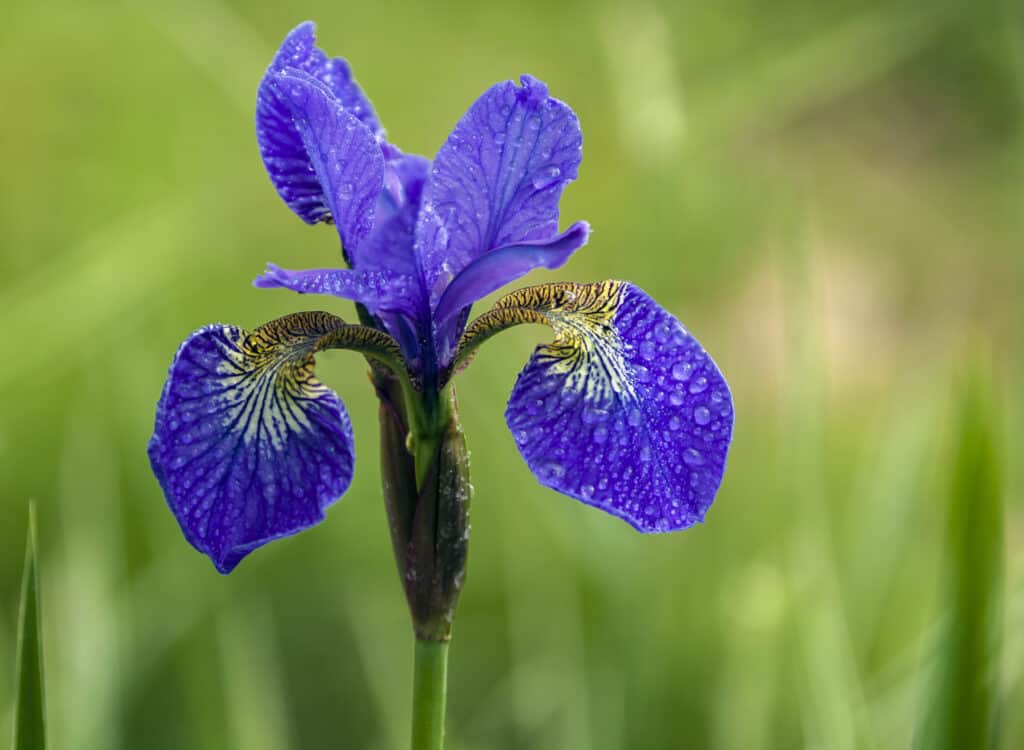
Siberian
irises are great perennial flowers for Utah gardeners.
©iStock.com/Svetlana Popova
Growing Siberian irises in Utah is a great choice for gardeners as they are easy to care for and thrive in Utah’s climate. To get started, plant rhizomes in a sunny spot with well-drained soil. Make sure to keep the soil moist and fertilize with a balanced fertilizer every few weeks. Divide the rhizomes every three to four years for best results. With minimal care, Siberian irises will produce beautiful blooms each spring.
3. Daylily
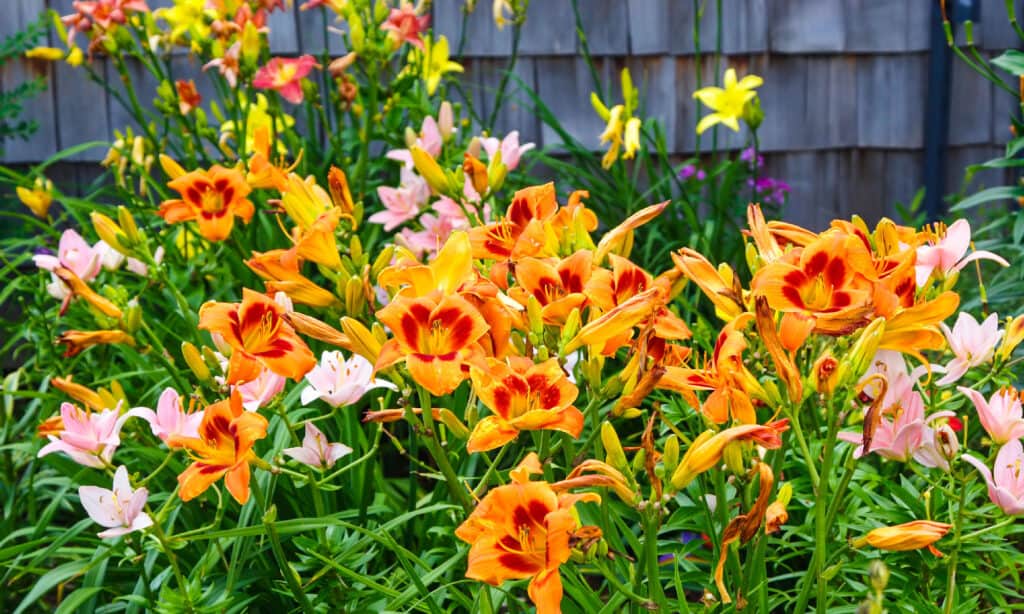
Did you know that daylily flowers only bloom for one day?
©iStock.com/onepony
Daylilies are easy to grow and make one of the best perennial flowers for Utah. Plant them in early spring or fall, and look forward to blooms in late spring or early summer. Daylilies prefer a sunny spot in your garden but will also tolerate partial shade. Make sure to water them thoroughly, especially during dry periods. Deadhead them to encourage more blooms and divide them every three to four years. With proper care, you can enjoy beautiful daylilies in your garden for years to come.
4. Peony

Red peony flowers last a long time in a vase.
©alex172/Shutterstock.com
Peonies are beautiful and fragrant flowers, and with a few simple steps, you can successfully grow them in your garden. Plant your peonies in late autumn or early spring for the best results. Ensure that they’re getting at least six hours of sunlight a day and have well-drained soil. Peonies typically bloom in late spring to early summer, depending on the variety. Deadhead spent blooms to encourage new buds and fertilize your peonies with a balanced fertilizer to keep them looking healthy. With a bit of care, peonies make a beautiful perennial flower for Utah.
5. Shasta Daisy

Shasta daisies don’t mind the heat in Utah.
©iStock.com/ChristySturm
Grow Shasta daisies in your garden for a burst of color! Plant them in the spring, after the last frost. The daisies need full sun to bloom and will flower for weeks from May to July. Water regularly throughout the summer to ensure the plants don’t dry out. Deadhead the daisies to promote more blooms. Enjoy your beautiful Shasta daisies!
6. Hosta

If you have a shady spot in your garden, consider a hosta.
©Gardens by Design/Shutterstock.com
To grow hostas, plant them in early spring when the soil is starting to warm. Hostas bloom during the mid to late summer and prefer partial to full shade. Make sure to water them regularly throughout the growing season and add a layer of mulch to help keep the soil moist. Feed hostas every few weeks using a balanced fertilizer to help ensure they thrive.
7. Speedwell
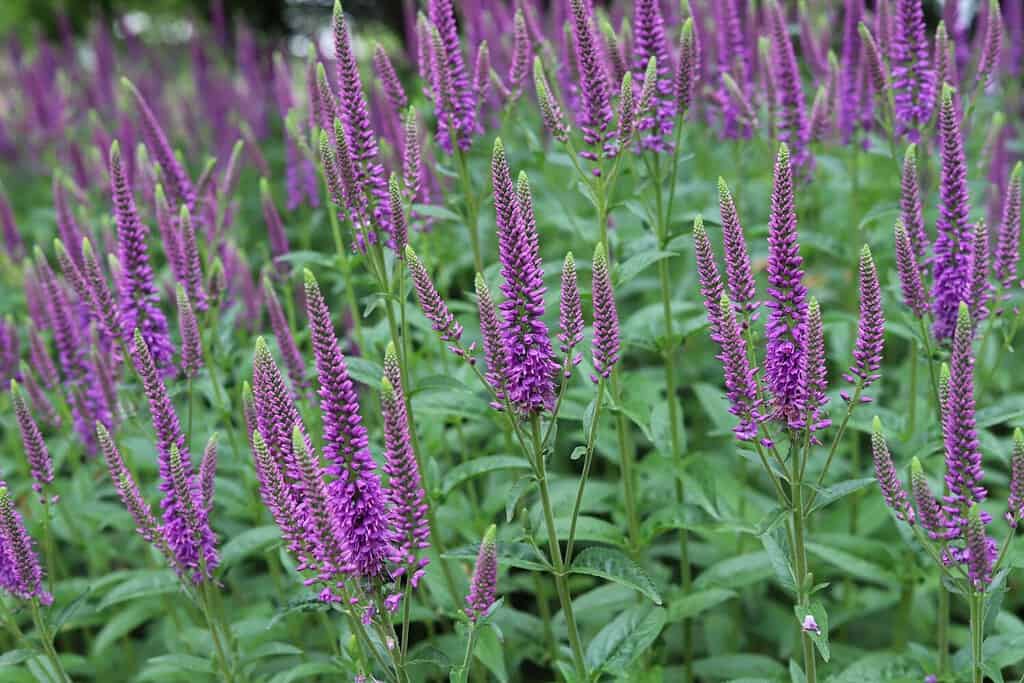
Speedwell is a perennial flower for Utah that comes back year after year.
©Kabar/Shutterstock.com
To grow speedwell, plant it in the spring or early summer. It typically blooms during the summer months and requires full sun for the best results. Ensure the soil is well-drained and keep the area around it free of weeds. Water regularly and fertilize once a month for a healthy, flourishing plant. Pruning may be necessary to keep it from becoming overgrown.
8. Catmint

Catmint attracts cats!
©Anna Gratys/Shutterstock.com
To grow catmint, plant the herb during early spring in a sunny spot that receives 6-8 hours of sunlight daily. Catmint will bloom in late spring and continue through mid-summer, so be sure to deadhead the flowers to encourage further blooming. Water catmint regularly and fertilize it every four to six weeks. Additionally, catmint is drought tolerant, so it only needs to be watered during periods of extreme heat or drought. Catmint is a great perennial flower for Utah’s more arid areas.
9. Black-Eyed Susan
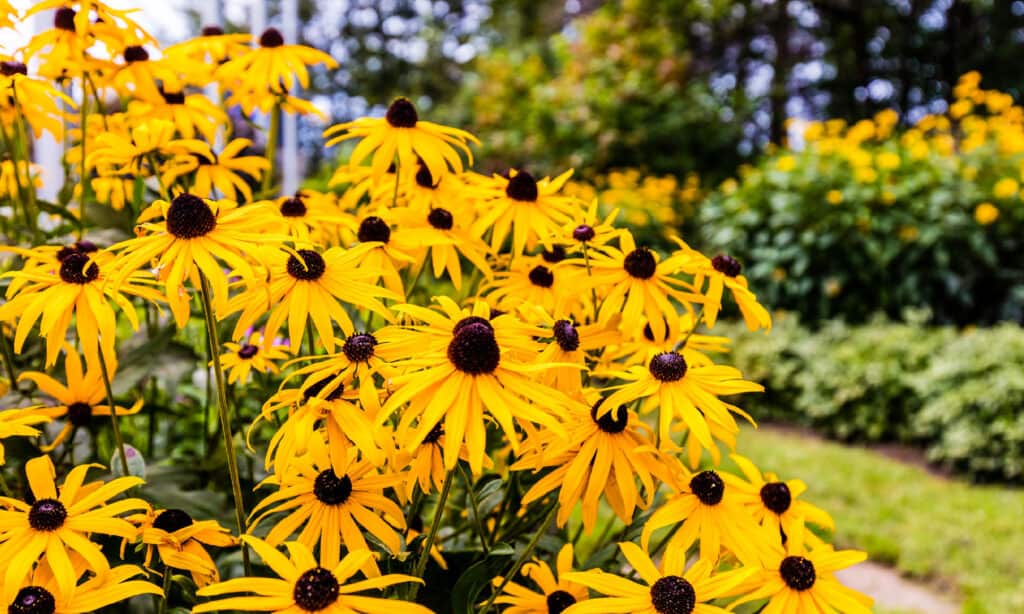
The black-eyed Susan is a perennial for Utah that will come back year after year.
©iStock.com/Dopeyden
To grow black-eyed Susans, plant them in early spring or late summer. They will bloom from summer until the first frost. Make sure to provide them with at least 6 hours of direct sunlight per day to ensure they thrive. Water them when the soil is dry, and fertilize them every two weeks for best results.
10. Coreopsis
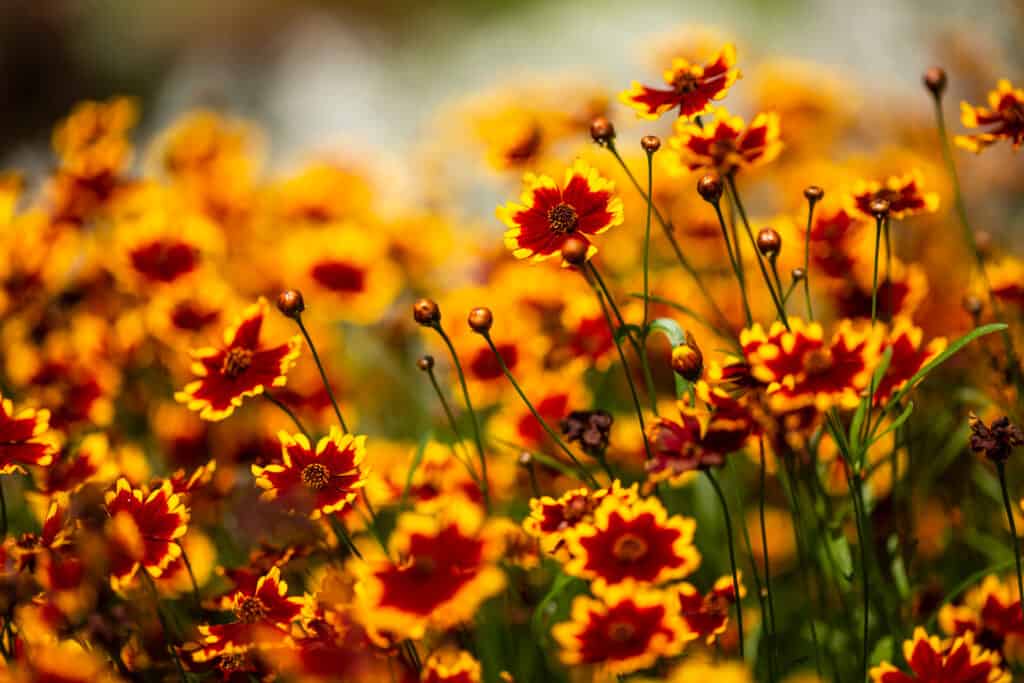
Coreopsis plants are easy to care for.
©RuthG/Shutterstock.com
To successfully grow coreopsis, plant them in the early spring, after the last frost. They will bloom in the summer, producing bright yellow flowers. Sun is essential for coreopsis to thrive. They need at least 6 hours of direct sunlight per day. Make sure to water them regularly and apply a balanced fertilizer in the springtime. With the right care and the right amount of sunlight, you can enjoy beautiful Coreopsis flowers in your Utah garden all summer long.
11. Lavender
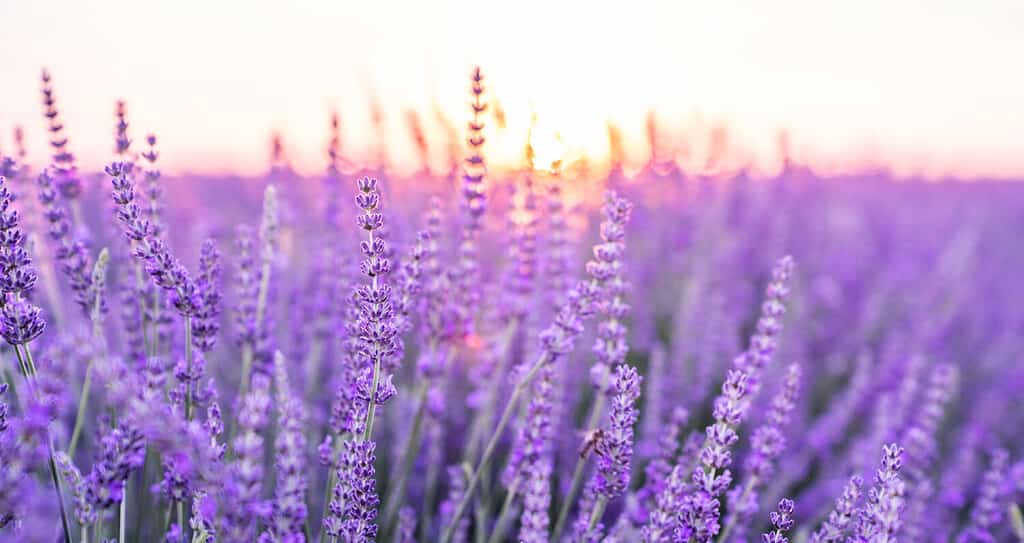
Many Utah gardens have the perfect soil to grow lavender.
©ESstock/Shutterstock.com
To successfully grow lavender, plant it in early spring or late fall in well-draining soil. Lavender requires full sun for at least 6 hours to thrive. Once planted, lavender will bloom in late spring and continue to flower throughout the summer. As the days get shorter and cooler, prune lavender to keep it from going dormant during the winter. For best results, water the soil deeply but infrequently. If the soil is too dry, the lavender may not flower. Fertilize the lavender with a balanced fertilizer once a year in the spring. With plenty of sun and proper care, your lavender will bloom and fill the air with its calming scent.
12. Sedum
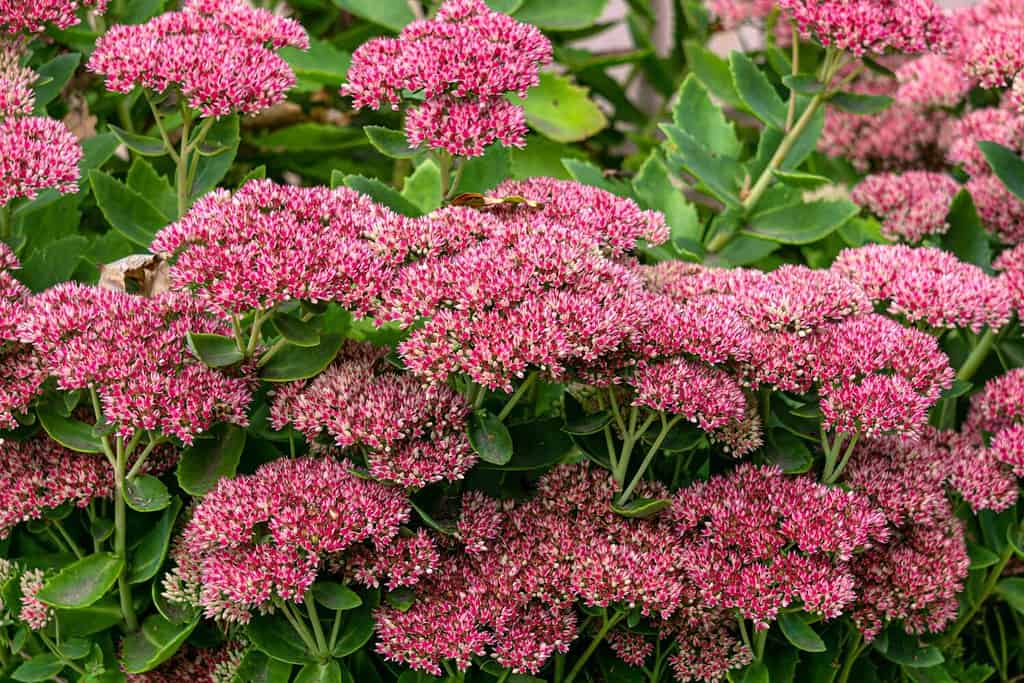
Sedums thrive in hot and arid climates.
©Obraz/Shutterstock.com
To grow sedum in Utah, you should plant it in early spring and look for blooms in late summer. It requires full sun and will thrive in warm, dry areas. Make sure to water your sedum deeply and infrequently, and keep an eye on its foliage to ensure it is not drying out too quickly. Pruning is recommended to create a fuller, bushier sedum, and it can be done in late fall. The taller, upright sedums make long-lasting cut flowers.
13. Lemon Balm
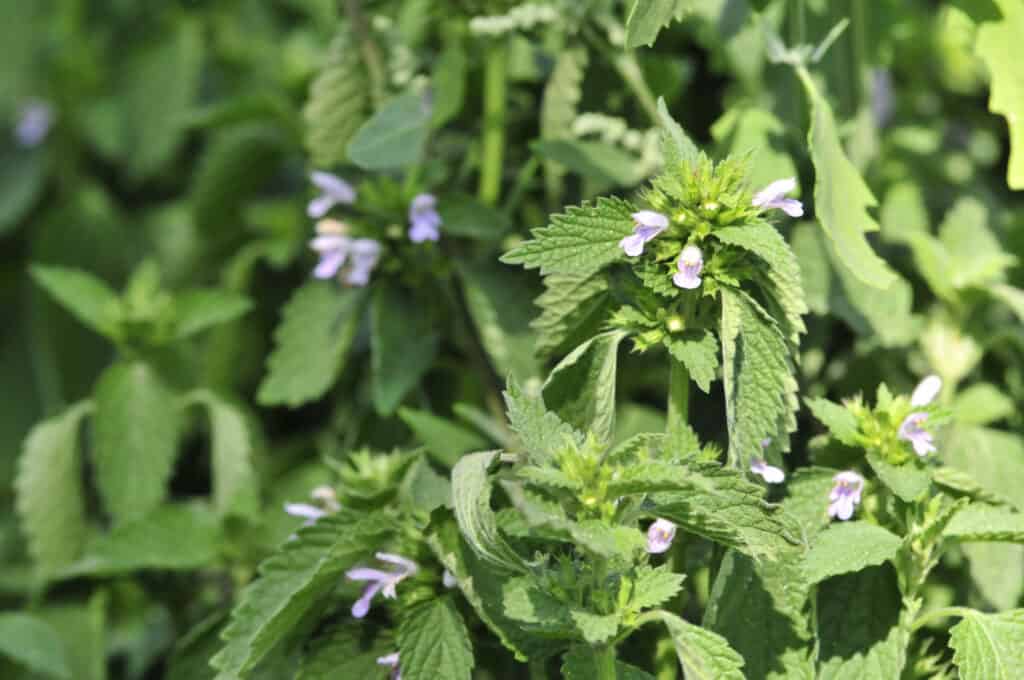
Lemon balm (Melissa officinalis), common balm, or balm mint is edible and makes awesome tea.
©iStock.com/petrovaliliya
Grow lemon balm in Utah by planting the herb in late spring or early summer. The plant will bloom in mid-summer, and it thrives in sunny areas. Make sure to provide the lemon balm with plenty of sunlight and keep the soil moist. Prune the plant regularly to encourage growth, and be sure to use natural, organic mulch to protect the roots. With proper care, lemon balm is a great perennial flower for Utah.
14. Yarrow

The flowers of the common yarrow are ray- or disc-type flowers organized in a cluster.
©Starover Sibiriak/Shutterstock.com
To grow a yarrow, plant it in early spring when the soil is workable. This flower prefers full sun for best bloom timing, typically in the summer months. Water regularly and ensure the soil is well-drained. Fertilize every few weeks to promote healthy growth. Yarrow is an easy-to-maintain flower that will thrive in your garden.
15. Columbine
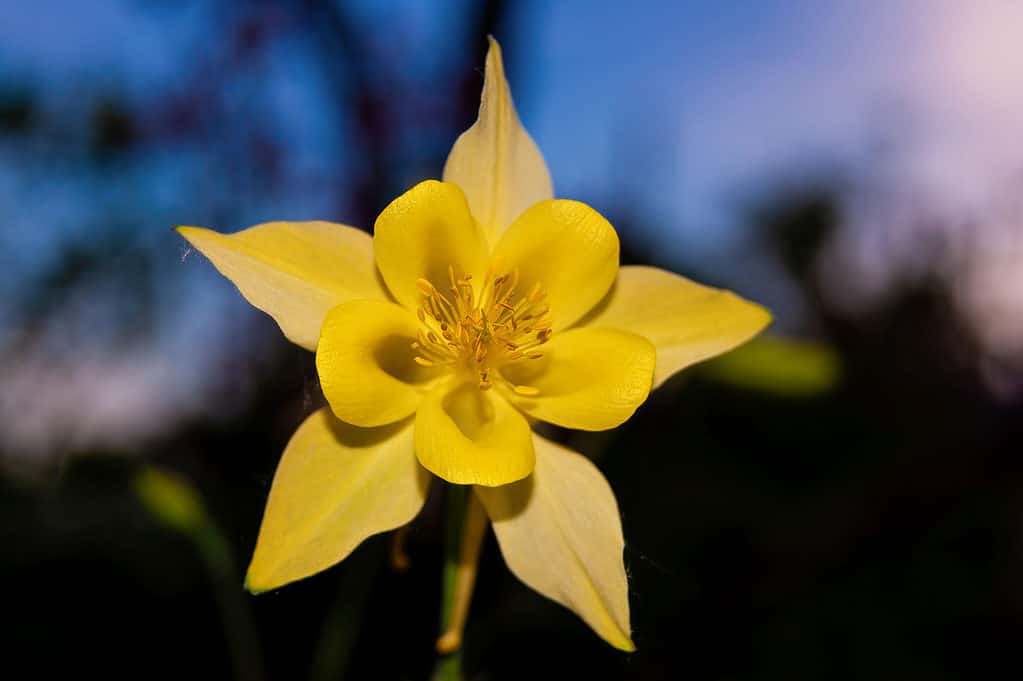
Columbines look delicate, but they are tough cookies.
©iStock.com/Wirestock
To grow columbine, start by planting the seeds in late winter or early spring in a sunny spot. Columbines require full sun for optimal growth and bloom from late spring to mid-summer. Water the seeds regularly and fertilize them with a balanced plant food once established. Deadhead the spent blooms to encourage reblooming and keep the plant looking its best. With proper care, columbine can be grown in most climates.
16. Coneflower
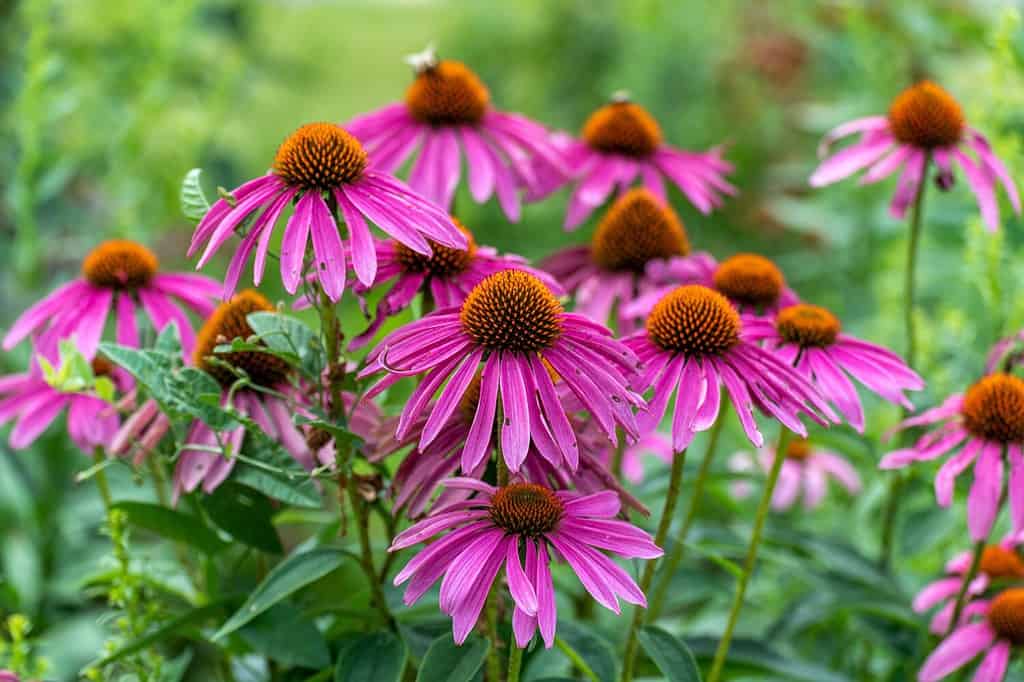
The gorgeous blooms of coneflowers make one of the best perennial flowers for Utah gardens.
©Barbara Smits/Shutterstock.com
Coneflower is a beautiful and easy-to-grow flower that adds color to any garden. To successfully grow coneflower, you should plant them in early spring, as soon as the soil is workable. They will bloom from mid-summer to late fall and require full sun for best flowering. Plant them in well-drained soil and water them regularly. Deadheading spent flowers will help the plant continue blooming throughout the season. Fertilize monthly with an all-purpose fertilizer for best results.
17. Blanket Flower
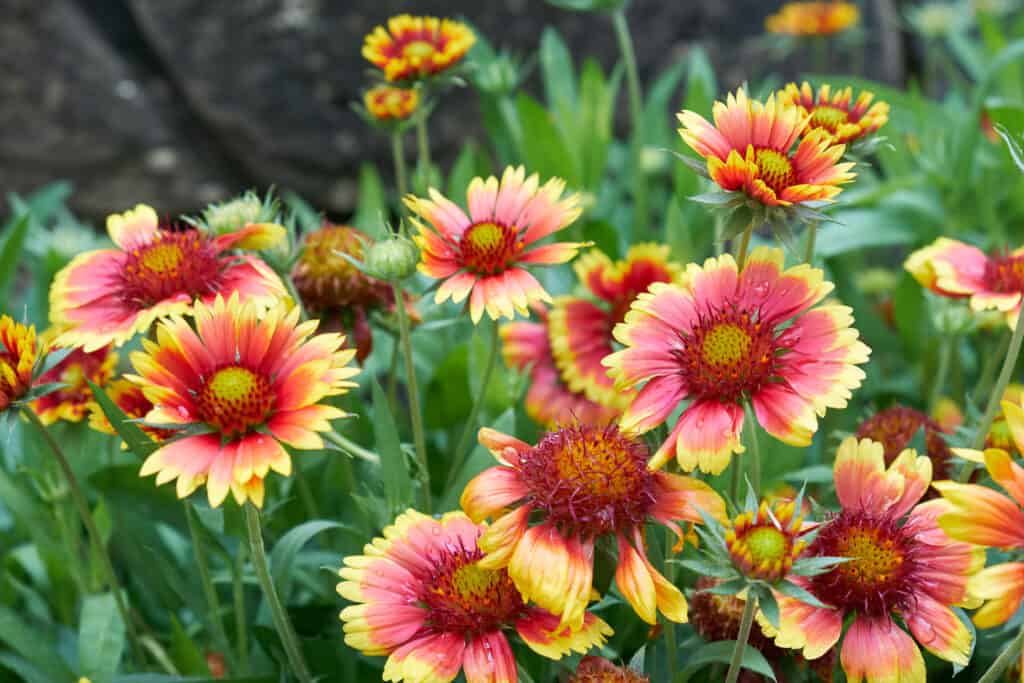
The Blanket Flower (Gaillardia pulchella) is a great perennial flower for Utah flower beds.
©iStock.com/Iseo Yang
Growing blanket flowers is easy and rewarding! Plant the seeds in early spring as soon as the soil can be worked. The flowers start blooming in mid to late summer and continue until the first frost. To ensure the best growth, blanket flowers need full sun for at least 6 hours per day. Water the soil regularly to keep it moist, but be careful not to overwater. Fertilize every two weeks with a balanced fertilizer to help promote blooming and healthy foliage. With proper care, your blanket flowers are one of the best perennial flowers for Utah gardens.
18. Goldenrod
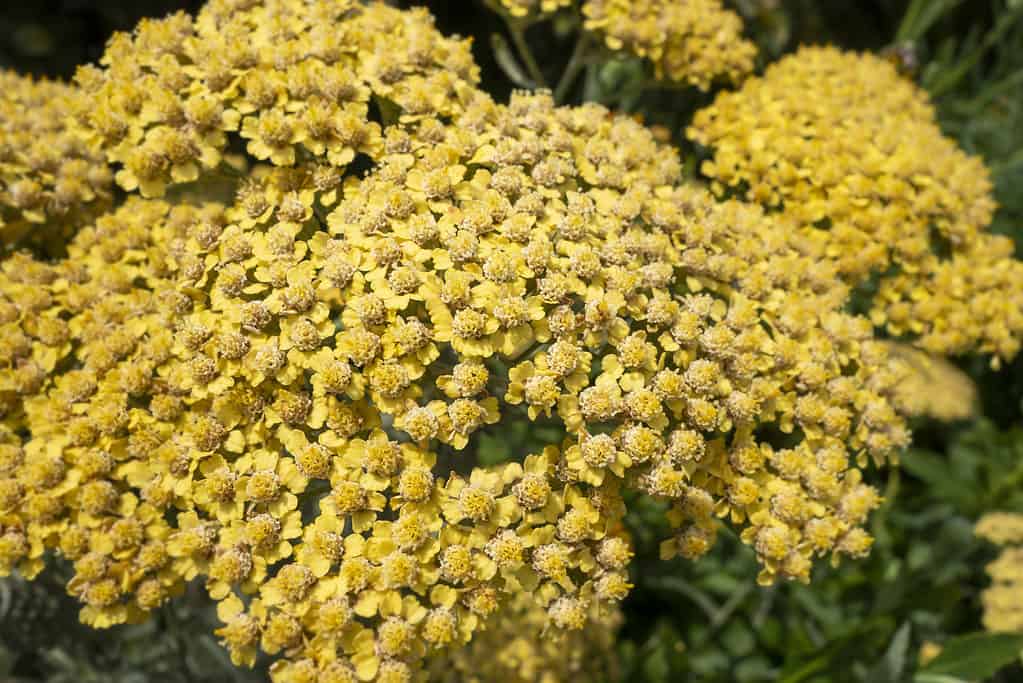
The stiff goldenrod grows best in open, dry areas with calcareous or sandy soils.
©iStock.com/mirror-images
Growing goldenrod is easy and rewarding! Plant goldenrod in early spring or as soon as the ground thaws. It will bloom in late summer and continue into the fall. For best results, give it plenty of sunshine – at least six hours a day. Goldenrod does well in well-drained soil with average fertility. Water regularly for the first few weeks of growth, then let the soil dry out between waterings. Fertilize twice a year with a slow-release fertilizer. Deadheading (removing spent flowers) will help ensure continued blooms.
19. Butterfly Weed

Butterflies really do love this flower!
©Elliotte Rusty Harold/Shutterstock.com
Growing butterfly weed is a rewarding endeavor. Plant it in the early spring or late fall for best results. Once planted, it will begin blooming in the late spring and summer months. Butterfly weed prefers full sun, so make sure you plant it in an area that gets plenty of direct sunlight. Water it regularly, especially during dry times, and be sure to fertilize it a few times during the season. With some patience and care, butterfly weed makes an awesome perennial flower for Utah gardens.
20. Foxglove
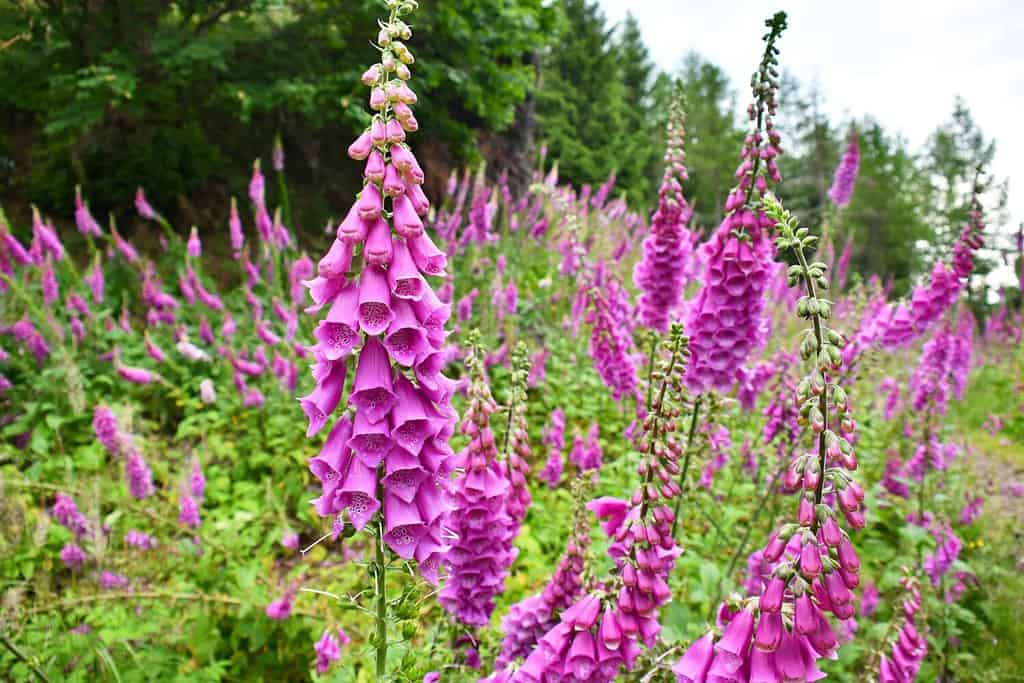
If you have an open meadow, plant foxglove seeds.
©HAL-9000/Shutterstock.com
Foxglove is a beautiful and popular flower. Plant seeds in late spring in well-draining soil and full sun or light shade. Water regularly and keep an eye out for pests and diseases. Foxglove grows quickly and reaches up to 3 feet tall. It blooms from late spring/early summer until fall. Deadhead spent flowers to encourage new growth.
Thank you for reading! Have some feedback for us? Contact the AZ Animals editorial team.

